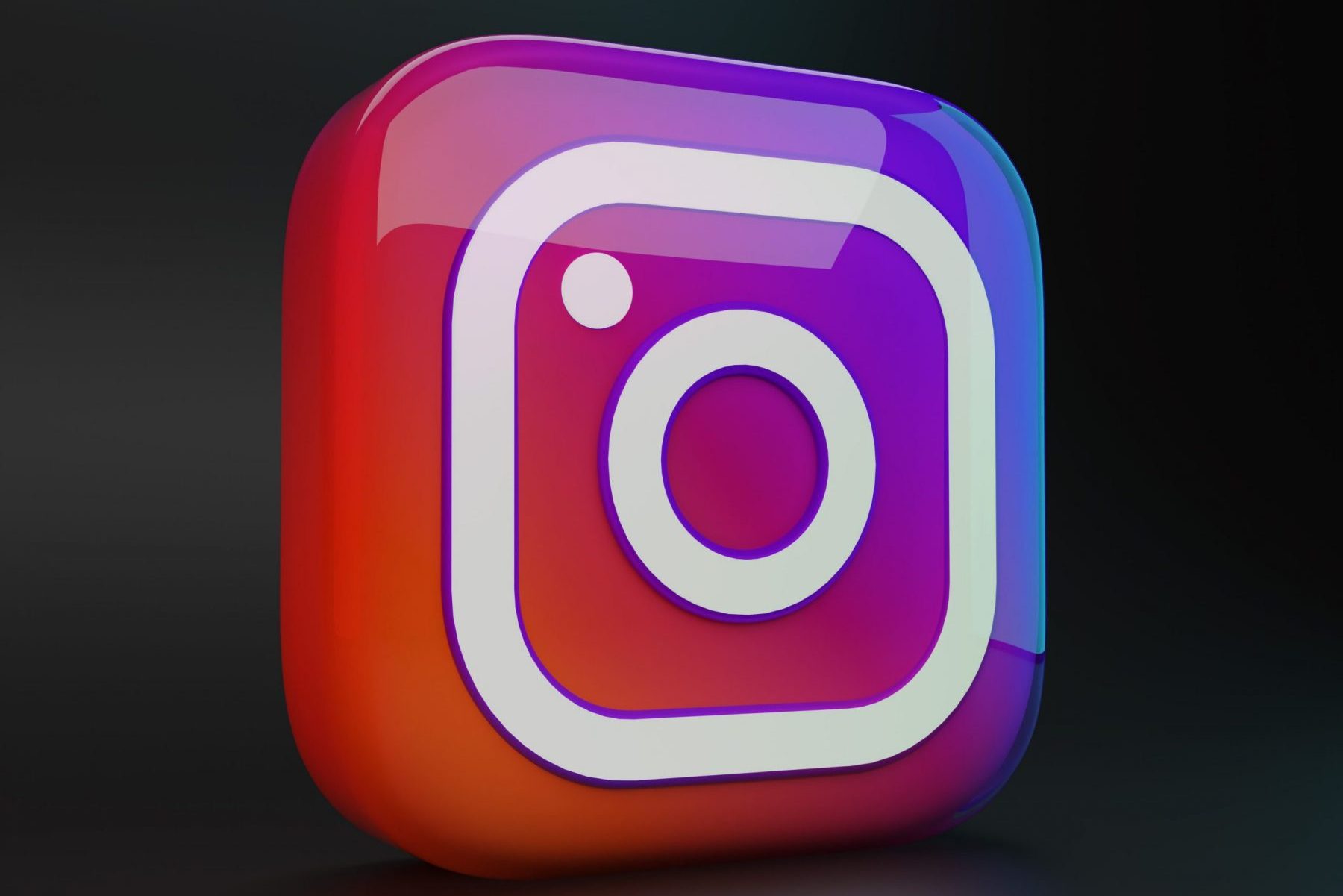Instagram’s early days were a simpler time in which professional photography and personal pictures dominated user feeds. Spam bot accounts didn’t infest comment sections, viral dances were nowhere in sight and obnoxious influencers didn’t exist. Despite its simplicity, the platform gained over a million users within the first two months of its debut and as the internet community grew, Instagram began to make minor adjustments. Some changes improved usability but eventually, the app’s constant introduction of new features shifted attention to other functions. Instagram users soon found themselves lost in an ever-changing digital landscape where photography is now neglected.
Social media evolution is natural, and constantly improving the online experience is a must. So it’s no surprise Instagram has made modifications throughout its run to engage users, and some of these changes have admittedly enhanced its platform. Tagging, which allowed users to mention people in photos, was a simple, useful tool to get friends’ attention or find others in tagged photos to make new connections. Instagram’s inclusion of short videos that could be shared like pictures was another great addition, allowing users to post their favorite clips online. And who knows how many people would’ve never found love if it weren’t for Instagram DMs or direct messages, which made communication between people easier and fun.
Other new features that made the online experience engaging included the ability to like other people’s comments, saving your favorite photos or videos to a designated folder, and the option to show or hide likes for pictures. Even though some of these features are recent, they didn’t tamper with Instagram’s fundamental purpose: photo-sharing. But this would all change in 2016, a big year for Instagram, yet a dark time for many of its users. This was the year the platform lost a piece of what it was.
In May 2016, Instagram rebranded itself, unveiling a new minimalist logo with a modern design, a contrast to its classic beige-brown Polaroid camera. It marked a new era for the platform, but Instagram users didn’t initially embrace the app’s updated logo with open arms. This came just two months after the social network removed its chronological feed, which was at the core of its photo-sharing. Replaced by an algorithm that prioritized engagement over everything else, this meant people browsing their feed wouldn’t see posts in the order they were uploaded, but instead see pictures or videos from several hours or even days before. Posts with the most likes, views or comments were given the most attention.
Users would completely miss uploads from friends or family unless they went directly to their accounts. This change impacted content creators too, as their posts were buried in a sea of more algorithm-friendly uploads. Instagrammers begged the app to bring back the chronological feed but the higher-ups refused, insisting this new approach was best. Though an optional consecutive feed made its long-awaited return in early 2022, by then it was too late, as Instagram shifted its focus to video content, setting its eyes on new features to add.
Instagram gained a reputation for stealing other platforms’ features or tools, going as far back as 2013 when the social network introduced short videos. It was a great inclusion and made the app fun and engaging, but it’s no coincidence that Instagram added this new feature a year after Vine launched and its videos became viral sensations. Shortly after, Instagram was flooded with Vine videos and when the app shut down in late 2016, content creators migrated to other video platforms like Instagram or YouTube.
In August 2016, Instagram launched its own version of Snapchat stories, where users could upload photos or videos that would disappear after 24 hours. Dubbed Instagram Stories, the social network didn’t even bother changing its name, flaunting its latest feature as if it were its own idea. However, it was a smart move on Instagram’s part to capitalize on Snapchat’s popularity. Though it took users some time to warm up to it, stories changed the way people shared photos and videos on Instagram. As Snapchat gradually lost popularity, people flocked to IG to post on their stories, and the update was a success. Instagram may have beat Snapchat at its own game, but its victory marked the point where the online network lost itself by focusing on all its other features except for photos.
Instagram wasn’t the same social network it once was and its rebranding, algorithm mandate and new features demonstrated this. The platform had several functions that not only included photos, videos, stories, messages and group chats, but also online shopping, live streams, IGTV and ads. Once again, some features were practical and thoughtful additions, but Instagram was swelling up with new functions constantly. With every update, the app was straying further and further from its roots. Every time something new on the digital horizon appeared, Instagram was the first to steal the idea to cater to a larger audience. And this would only continue.
TikTok’s soaring popularity in 2020 challenged Instagram’s iron grip on social media. The photo-sharing app would compete with the viral video platform by launching its own TikTok-like video feature called reels. As Instagram pushed reels as the next big thing, users were fed up with the updates and competition with other social networks. However, Instagram paid no mind to their concerns. They gave reels its very own tab, hoping to get a taste of TikTok’s success, yet most of the reels uploaded on the app were just TikTok reposts. However, this wouldn’t stop Instagram, as its rivalry with TikTok was far from over and would result in its most recent update, which prompted widespread backlash.
Instagram’s full-screen home feed resembled TikTok too much for users to ignore and several people expressed frustration over the latest design. Instagram head Adam Mosseri addressed user concerns in a video, reassuring users that the latest update was simply a test they were working to improve. He also mentioned that though they would continue to support photos, Instagram would eventually shift to more video-based content over time, which upset many users. For years, they’d been begging the app to make photo-sharing its main focus again while maintaining its many functionalities. But Mosseri’s statements gave little comfort to members of the social media community and led to a barrage of negative responses.
Users from every corner of Instagram swarmed into Mosseri’s comment section and expressed their concerns as if in a town hall meeting. They complained that their follower counts were plummeting because their posts weren’t being seen and that photos weren’t being given the same priority as videos, forcing content creators to make videos or reels to get recognized by the algorithm. Though Mosseri claimed video engagement was rising, users pointed out that they had no other choice as the app forces them to watch them.
Instagram’s shifting focus was costing people their livelihoods and attempting to keep up with the never-ending changes was frustrating. Mosseri responded indifferently to a few comments and pinned the comments that supported his points, so Instagram users can expect to experience yet another big change that will transform the social network into a TikTok clone. But many hope that the platform will continue to support photos as promised.
Instagram isn’t the first social network to introduce new features to its platform. It’s integral to every social network. Twitter tried its hand at a story-like feature called “fleets” but the app ultimately decided to scrap the function. Even when apps like YouTube make their own TikTok-like features, like shorts, the video app continues to make long-form video content its main focus. Unfortunately, the Instagram we know and love may not make a comeback anytime soon. If the social network continues down this path of extra functions and mass appeal, it may find it’s stretching itself too thin. And soon, the social network that built its heritage on photography will be everything and anything but photos.

















Drift Boss are really impressive! Wide open tracks, twisty turns, all beautifully designed for you to enjoy while playing.
Feel the adrenaline rush as you dash down the track in Speed Stars Game – where every millisecond counts!
This article offers a compelling analysis of Instagram’s evolving identity crisis. The shift from a photo-sharing platform to a video-centric model, coupled with algorithmic changes, has indeed transformed the user experience. It’s intriguing to consider how these changes impact both content creators and casual users. The discussion raises important questions about the platform’s future direction and user engagement strategies.